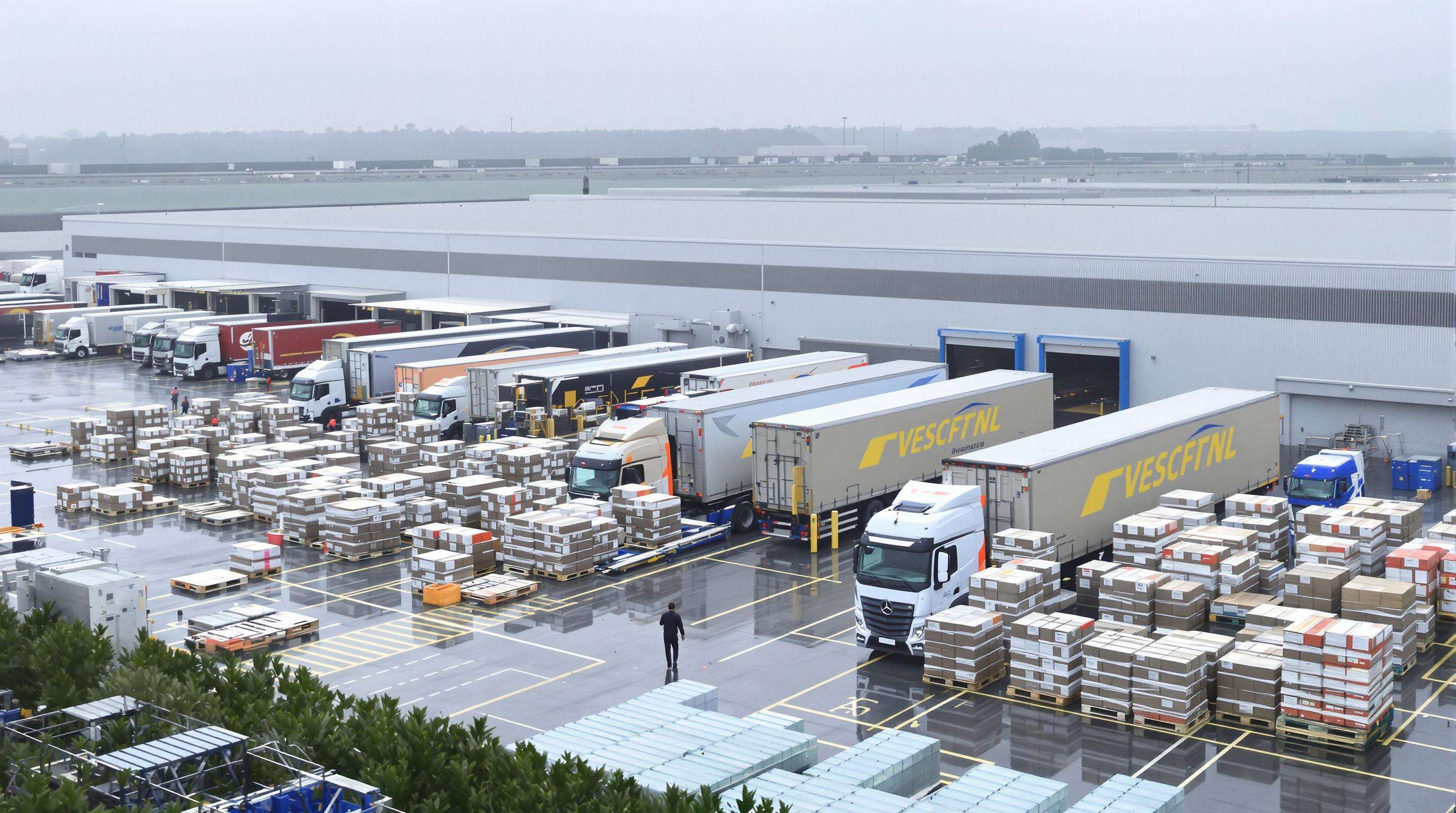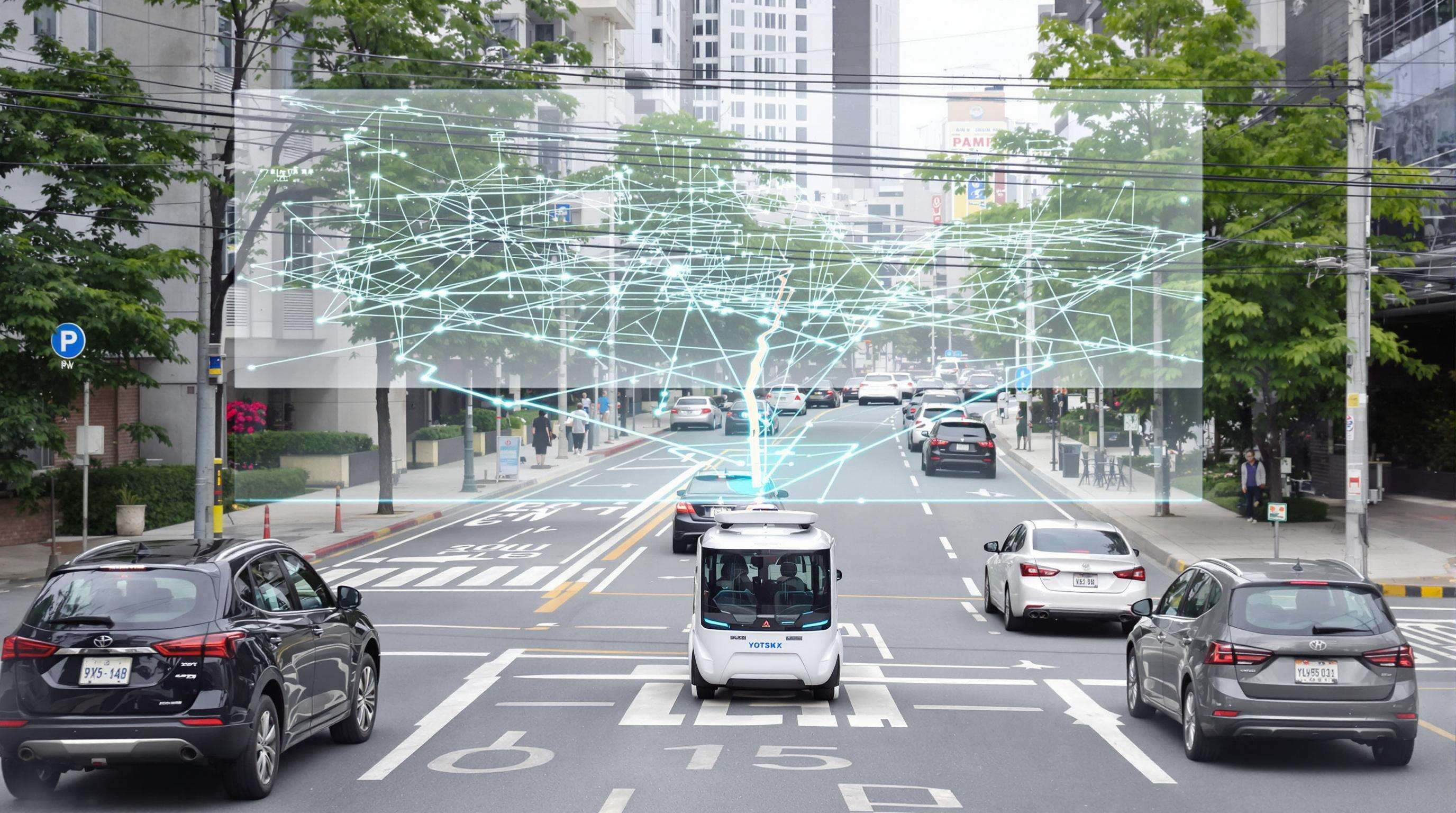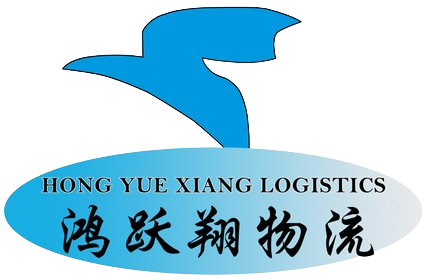News
Courier Services Zone Skipping Strategies to Trim Last-Mile Emissions
What Is Zone Skipping and How It Optimizes Courier Services

Definition and Mechanics of Zone Skipping in Courier Logistics
Zone skipping works when couriers group together packages going to nearby areas and send them straight to bigger regional centers instead of passing through several different postal zones along the way. Rather than each package bouncing between 5 to 8 different carrier zones during transport, companies can combine these items into one big load that travels together most of the distance. The result? About 40% fewer times packages get handled overall. Plus, there are no more stops at those middle-of-nowhere sorting facilities. What used to be hundreds of little trips across the country becomes just a few major hauls. Fewer stops mean faster delivery times without sacrificing reliability for customers waiting on their packages.
Consolidated Shipping: Reducing Transit Layers in Courier Networks
Modern courier networks using zone skipping achieve measurable optimization through:
| Metric | Traditional Shipping | Zone Skipping | Improvement |
|---|---|---|---|
| Avg. transit layers | 4.2 | 2.5 | 40% fewer |
| Delivery time variance | ±32 hours | ±12 hours | 62% tighter |
| Per-package fuel use | 1.8 liters | 1.2 liters | 33% reduction |
By aggregating shipments until the final distribution phase, courier services eliminate redundant sorting at 3–4 intermediate facilities. This creates shorter, more predictable routing paths and improves network efficiency.
Integration with Regional Distribution Hubs for Seamless Delivery Flow
Putting hubs within 150 miles of where packages need to go helps couriers keep their service levels consistent but cuts down on carbon emissions at the same time. Take a warehouse in the Midwest that handles deliveries heading west coast bound - this setup actually shortens those final mile trips by nearly 60% compared to how things worked before with just national routes. The big delivery companies have seen results too, with reports showing deliveries getting there about 22% quicker and operational costs dropping around 15%. These numbers aren't just good on paper either. They represent real money saved and fewer trucks idling in traffic, which makes this hub system approach both economically smart and environmentally responsible for long term operations.
Environmental Challenges of Traditional Last-Mile Delivery in Courier Services
High Carbon Footprint of Fragmented Last-Mile Parcel Delivery
The old school courier companies are running into real problems when it comes to going green, mainly because their last mile deliveries eat up so much carbon. Look at any single delivery run and the emissions just pile up fast. Some studies show that these final leg operations make up about half of all emissions along the supply chain right in city areas. Why does this happen? Well, there's just way too many vehicles making separate runs instead of combining loads. Trucks often leave with only part of their cargo space filled, and drivers spend ages stuck in traffic circles trying to find parking spots near apartment buildings.
Urban Congestion and Emissions: The Courier Services Dilemma
Cities really feel the environmental hit when it comes to delivery vehicles. About 8 out of 10 trucks clog roads and pump pollutants into the air in urban centers. Research published back in 2021 looked at this problem through the lens of Sustainable Cities and Society. What they discovered was pretty telling - sending individual packages into busy areas actually boosts nitrogen oxide emissions by nearly 30% compared to when multiple items get delivered together. And here's the catch 22 situation we find ourselves in. When traffic gets backed up, couriers just send more trucks onto already crowded streets, which only makes things worse for everyone breathing that city air.
The Hidden Environmental Cost of Speed-Driven Delivery Models
Prioritizing rapid delivery windows intensifies these challenges. Same-day and hyperlocal fulfillment models typically operate at 40–60% vehicle capacity utilization, requiring 22% more fuel per package than zone-skipping alternatives. Consumers’ growing expectation of instant gratification inadvertently pressures courier services to sacrifice fleet optimization for speed, amplifying their carbon footprint.
Zone Skipping as a Proven Emissions Reduction Strategy for Courier Services
Bypassing Inefficient Postal Zones to Minimize Transportation Layers
Zone skipping eliminates redundant handling by routing shipments directly to regional hubs, bypassing intermediate postal zones. This consolidation reduces parcel transfers between facilities by up to 60%, slashing the energy-intensive "hub hopping" common in traditional courier networks.
How Shipment Consolidation Lowers Fuel Use and Emissions
Full truckloads achieved through zone skipping decrease fuel consumption per package by 22–35% compared to fragmented shipping models (Ponemon 2023). Bulk shipments traveling longer distances on optimized routes reduce the carbon intensity of each delivery mile.
Case Study: Leading Courier Services Cutting Emissions with Zone Skipping
A major logistics provider reduced last-mile emissions by 15% in 2023 by consolidating 40% of urban-bound shipments, reducing delivery vehicle trips by 28% through load optimization, and cutting 740 tons of CO₂ equivalents annually.
Quantifying Emissions Reductions in Real-World Courier Operations
Recent analyses show zone skipping lowers emissions by 4.2 kg CO₂ per shipment in metro areas. When scaled across a national network, this strategy enabled one provider to avoid 11,000 metric tons of emissions yearly–equivalent to removing 2,400 gas-powered vehicles from roads.
Integrating Zone Skipping into Sustainable Last-Mile Delivery Models
Modern courier services increasingly pair zone skipping with complementary green logistics strategies to reduce emissions without compromising efficiency. By consolidating shipments at regional hubs before entering high-density delivery zones, companies eliminate redundant transportation layers that account for 12–15% of last-mile emissions in urban areas (Green Logistics Forum 2023).
Synergies Between Zone Skipping and Green Logistics Practices
Zone skipping amplifies the impact of electric vehicle fleets and route optimization algorithms. A 2023 industry study found combining these strategies reduces per-package emissions by 34% compared to traditional delivery models, while maintaining 2-day delivery windows for 92% of urban customers.
Optimizing Final-Mile Networks for Lower Emissions and Higher Efficiency
Leading providers achieve 18–22% fuel consumption reductions through bulk transportation to regional hubs using eco-friendly trucks, dynamic routing that clusters deliveries within 3-mile radii, and hybrid electric vehicles for localized distribution.
Balancing Delivery Speed and Sustainability in Modern Courier Services
Advanced tracking systems now enable courier services to maintain less than 24-hour urban delivery times while cutting emissions by 28% through zone skipping. This balanced approach satisfies 84% of consumers who prioritize both rapid delivery and environmental responsibility in shipping choices (2024 E-Commerce Sustainability Survey).
Future Trends: Advancing Sustainability in Courier Services Beyond 2025
Innovations in Last-Mile Optimization and Route Intelligence

The future of courier services looks set to change dramatically with smart routing systems powered by artificial intelligence. These new systems constantly check traffic conditions, weather forecasts, and how many packages need delivering at any given moment. A recent market report from 2025 suggests that such technology might cut down on fuel used for those final deliveries by around 18 percent without slowing things down. And when it comes to autonomous delivery vehicles following these optimized paths, early estimates indicate they could slash local emissions by about 22% compared to what we see with regular delivery vans today. For city neighborhoods dealing with air quality issues, this represents a significant environmental benefit alongside improved efficiency.
Expanding the Role of Regional Hubs in Low-Emission Logistics
Big logistics companies are moving their operations into regional centers across the country, many of which now have solar panels installed and EV charging spots for delivery vehicles. By doing this, they're cutting down on those long trips between far flung warehouses. The numbers tell the story pretty well too –– shipments to city areas typically travel about 160 miles less than before. Some companies who jumped on board early are seeing around 35 percent drop in carbon emissions per package thanks to local sorting facilities powered by green energy sources. Makes sense really when you think about how much fuel gets burned moving stuff back and forth across states.
The Rising Priority of Sustainability in Global Courier Networks
Environmental accountability now directly impacts carrier selection, with 73% of enterprise shippers requiring emissions data in delivery contracts. This paradigm shift is driving standardization of carbon reporting frameworks across courier operations and accelerating adoption of circular logistics models that prioritize reusable packaging and route efficiency over speed guarantees.
FAQ
What is zone skipping in courier services?
Zone skipping is a logistics strategy where packages are consolidated and shipped directly to regional hubs, bypassing several intermediate postal zones. This reduces handling and transportation layers, resulting in faster delivery times and lower operational costs.
How does zone skipping help reduce emissions?
By routing shipments directly to regional hubs and reducing the number of transfers between facilities, zone skipping lowers fuel consumption and emissions by consolidating loads and optimizing transportation routes.
What are the environmental challenges of traditional last-mile delivery?
Traditional last-mile delivery faces environmental challenges such as high carbon emissions due to excessive vehicle usage, urban congestion, and inefficiencies in routing that result in higher fuel consumption per package.
Why are regional hubs important for zone skipping?
Regional hubs allow for consolidated shipping, reducing the number of transportation layers and shortening final-mile delivery trips, which decreases emissions and operational costs.
Recommended Products
Hot News
-
A Vital Freight Mode Connecting The World
2024-01-16
-
The Continued Development Of Our Freight Shipping Company
2024-01-16
-
The Importance Of A Trucking Company
2024-01-16

 EN
EN
 AR
AR
 FR
FR
 DE
DE
 PT
PT
 RU
RU
 ES
ES
 TR
TR
